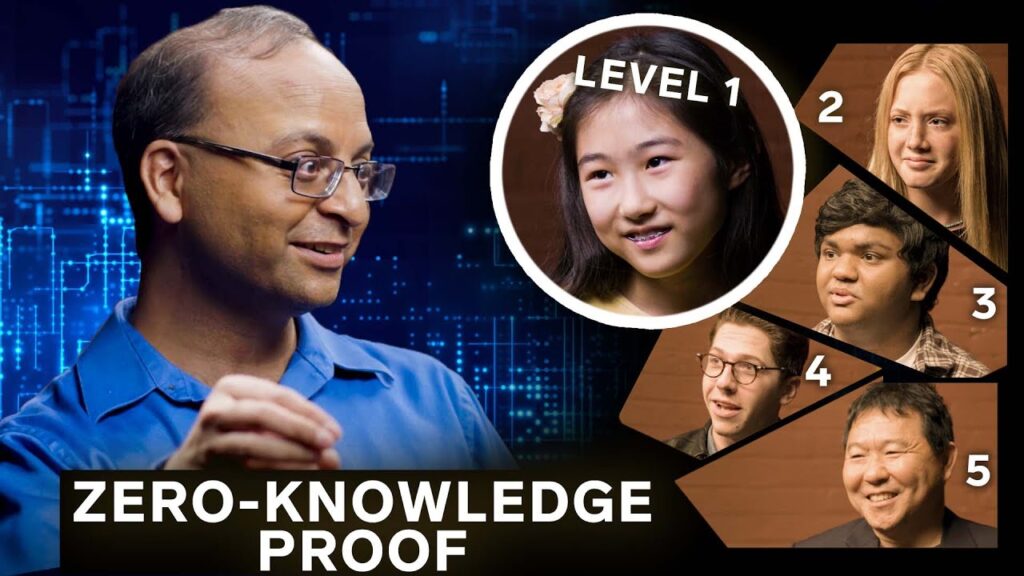Forensic Science: Insights from a Senior Crime Scene Analyst
Summary
Matt Steine, a senior crime scene analyst, shares his expertise on forensic science in a Q&A session. He answers various questions related to forensic science, including chalk outlines, search methods, blood spatter analysis, ballistic evidence, fingerprints, and more. He emphasizes the importance of communication, protocols, and technology in forensic science.
Table of Contents
- Chalk outlines: old school technique or still in use?
- Searching a crime scene: what are the methods and which one is the best?
- Blood spatter analysis: how is it conducted?
- Forensic ballistic evidence: how did it help solve unsolved crimes?
- Fingerprints: what are minutiae and how are they used for identification?
- DNA contamination and transfer: what are they, and how can analysts distinguish between major and minor contributors?
- Death of Nicole Brown Simpson and Ron Goldman: what went wrong, and what can we learn from it?
- Drones and technology in crime scene investigation: how do they improve forensic science?
- The role of AI and digital forensics in solving unsolved crimes.
- Challenges in forensic science: communication, protocols, and career aspirations.
Introduction
In this article, I will be presenting a Q&A session with Matt Steine, a senior crime scene analyst, where he shares his expertise on forensic science. Matt explains how forensic science constantly evolves with new technology and protocols, making it an exciting field full of challenges that requires a passion for the work.
Q&A
Chalk outlines: old school technique or still in use?
Q: Is drawing chalk around a body still used to identify the location of bodies during a crime scene investigation?
A: This used to be an old school technique, now retired due to DNA contamination and trace evidence. Instead, detailed photographs and laser scanners are used to document a crime scene.
Searching a crime scene: what are the methods and which one is the best?
Q: What are the different methods for searching a crime scene, and which one is the best?
A: There are three primary methods for searching a crime scene: line, grid, and zone. Each method has its own purpose and depends on the situation. However, the “best” method is the one that covers every inch of the crime scene and collects all significant evidence.
Blood spatter analysis: how is it conducted?
Q: How is blood spatter analysis conducted?
A: Blood spatter analysis is conducted by examining the shape, size, and distribution of the blood droplets. This can help identify the direction, velocity, and angle of the blood source. Presumptive tests can also be used to identify bloodstains.
Forensic ballistic evidence: how did it help solve unsolved crimes?
Q: Can you give an example of a famous case where forensic ballistic evidence played an essential role in solving the crime?
A: The infamous unsolved crimes committed in 1929 – the St. Valentine’s Day Massacre – was solved with the help of forensic ballistic evidence.
Fingerprints: what are minutiae, and how are they used for identification?
Q: What are minutiae in fingerprints, and how are they used for identification?
A: Minutiae are the unique characteristics of individual fingerprints, such as ridge endings, bifurcations, and dot patterns. They are used for identifying and matching fingerprints.
DNA contamination and transfer: what are they, and how can analysts distinguish between major and minor contributors?
Q: Can you explain what DNA contamination and transfer are, and how analysts distinguish between the major and minor contributors?
A: DNA contamination occurs when an unrelated DNA source contaminates the evidence. DNA transfer occurs when DNA is transferred from one object to another. Analysts distinguish major and minor contributors by examining the DNA profiles and doing statistical analysis.
Death of Nicole Brown Simpson and Ron Goldman: what went wrong, and what can we learn from it?
Q: What went wrong during the investigation of the death of Nicole Brown Simpson and Ron Goldman, and what can we learn from it?
A: Miscommunication and mismanagement of the crime scene resulted in the loss of crucial evidence such as a bloody patent fingerprint on the gate. The case highlighted the importance of DNA evidence, leading to the development of protocols for evidence collection.
Drones and technology in crime scene investigation: how do they improve forensic science?
Q: How do drones and technology improve crime scene investigation?
A: Drones are used for crime scene investigation, accident reconstruction, and the creation of three-dimensional models. This allows investigators to see the crime scene from different angles and collect data without disturbing the evidence.
The role of AI and digital forensics in solving unsolved crimes.
Q: How can AI and digital forensics help solve unsolved crimes?
A: AI can analyze footage and training programs to detect specific objects related to the crime. Digital forensics is crucial due to the prevalence of technology in our daily lives.
Challenges in forensic science: communication, protocols, and career aspirations.
Q: What are some of the challenges in forensic science?
A: Forensic scientists must communicate complex ideas in simple terms to lawyers and jurors while understanding the limits of their analysis. Old cases can still be solved with new technology. However, forensic science is a challenging career that should not be pursued solely for monetary gain.
Conclusion
Forensic science is a constantly evolving field full of exciting challenges that require a passion for the work. Matt Steine, a senior crime scene analyst, has shared his expertise on forensic science with us, providing insights into various techniques, methods, and technologies used in crime scene investigation. The importance of communication, protocols, and career aspirations in this field were also highlighted. As technology continues to advance, forensic science will continue to improve and solve many unsolved crimes.






